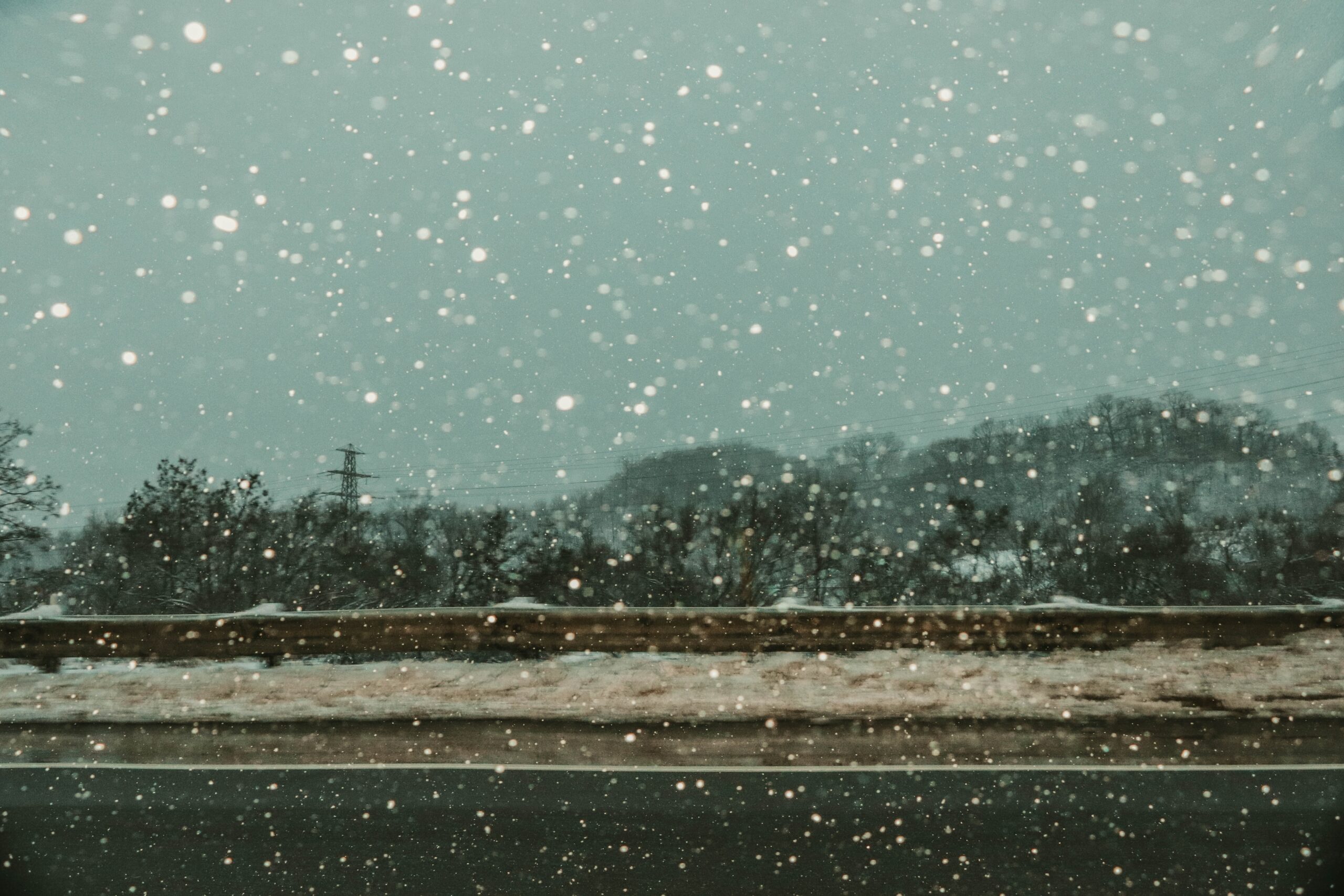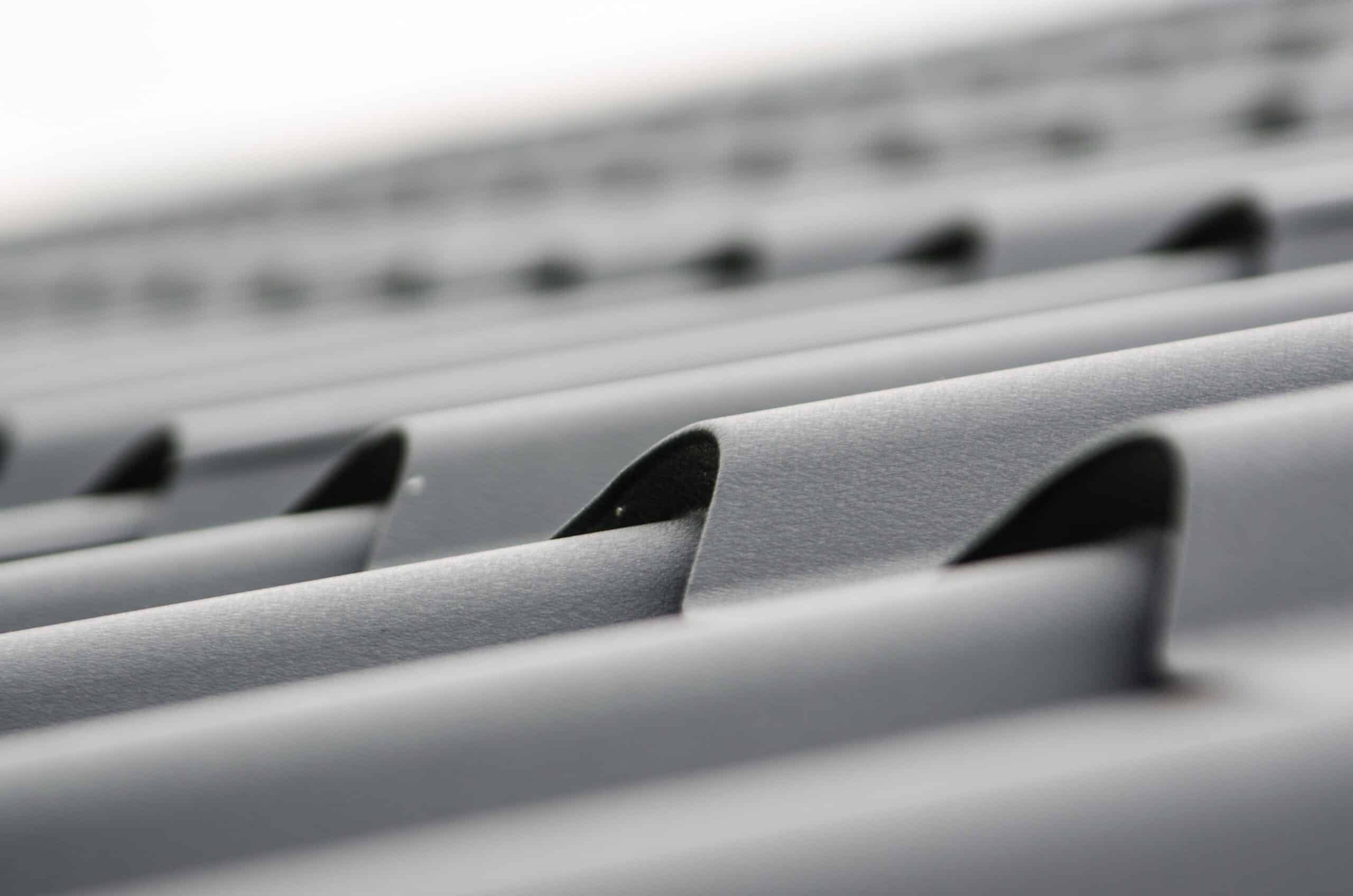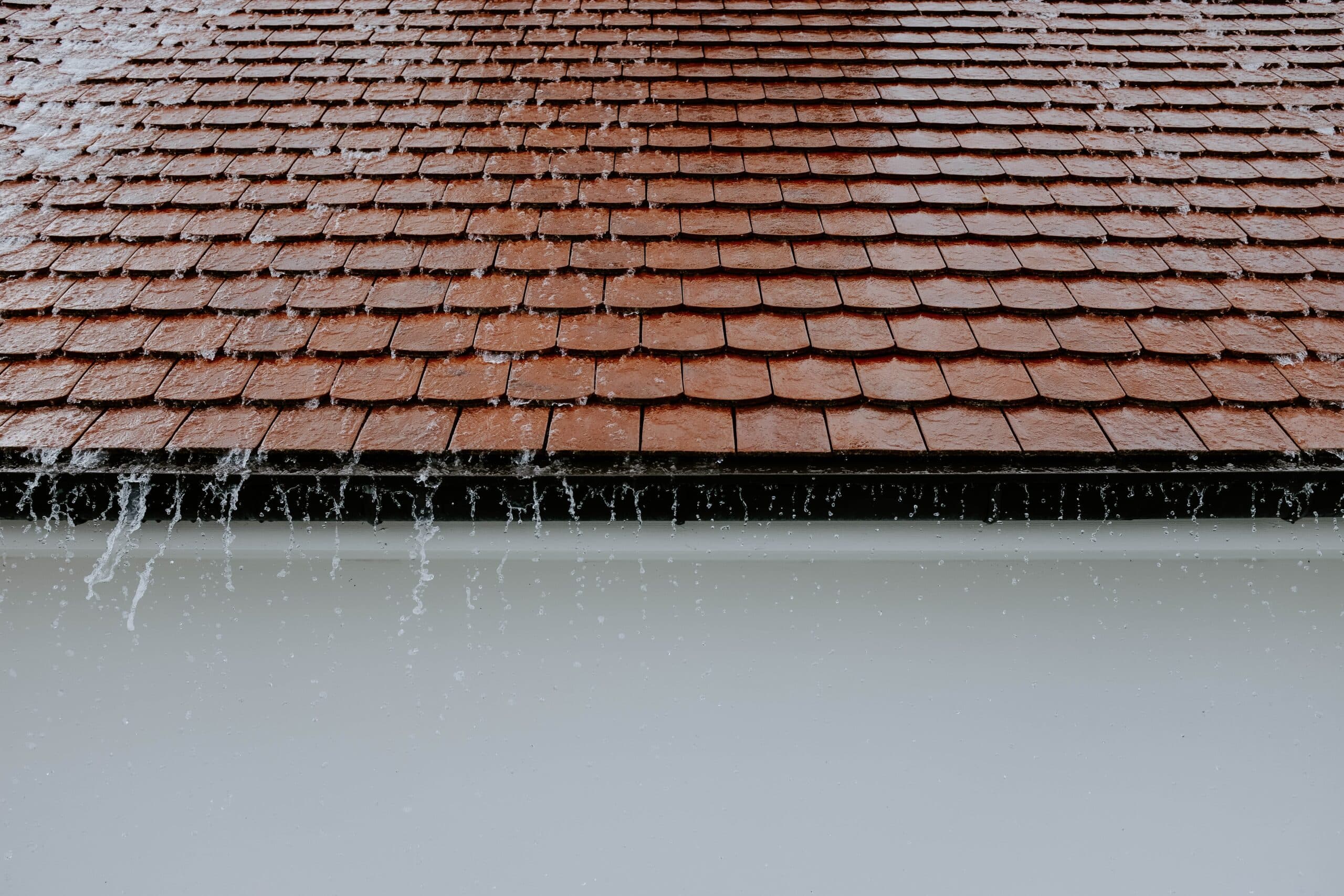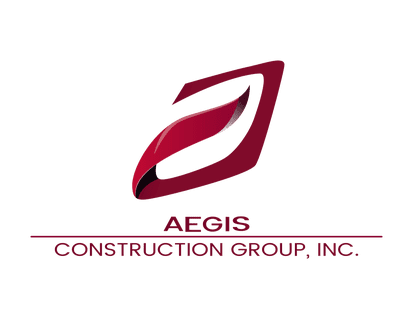Storm damage to your roof can happen at any time, and often catches homeowners off-guard with astronomical costs to repair. The problem is further compounded as there is usually pressure to get the roof repaired timeously before further and more serious damage occurs. In this piece, we will look at what causes roof damage during storms, what roof storm damage can look like, and what process to follow after a storm to minimize the damage caused and simplify the process of roof repair or replacement.
Call Us For A Free Inspection
Storm Damage Roof
What Kind of Damage can Occur to your Roof During Storms?
When a storm passes through, it is extremely important that you inspect each area of your home and particularly your roof, to ensure that any damage is identified and quickly repaired. Even a small leak can lead to larger problems down the line, so it is best to be proactive and try to stop larger problems at the source.
Your roof takes a lot of damage throughout the year by shielding your home from the elements. With the sun beating down, rainstorms, snowstorms, wind, and hail, it is no surprise that intense storms may cause considerable damage to your roof at some point.

Rain Damage
Rain damage is the most familiar storm damage that your roof will sustain during its lifetime. Moisture is a significant risk factor for more serious problems developing down the line.
Signs of rain damage include leaks, rot, and mold, which can cause structural damage to the components that make up your roof.

Wind Damage
Wind damage from a storm can be particularly catastrophic, as not only does wind damage weaken your shingles and cause them to lift or be entirely blown off, but wind damage can also result in debris (such as tree branches) landing on your roof and damaging it significantly.
Additionally, shingles that have blown off or lifted leave the underside of your roof exposed, which can then be further damaged by water when the next rainstorm rolls in.
Hail Damage
Hail damage is most common during the spring and fall months and presents a significant danger to the structural integrity of your roofing system. Hail creates dents and holes in your roofing material, which can cause two types of damage: one being severe and obvious damage, and the other being difficult-to-detect damage, such as fragmentation of your shingles, which causes gradual damage that exacerbates over time and with each storm that passes.
Damage from Standing Water
Standing water poses a considerable concern for damage to your roofing system. If your roof has improper damage, or if during a storm, debris blocks your gutters or creates an uneven roof surface, standing water has the potential to seep into the underlayment of your roof and cause leaking and dampness, among other problems that get progressively more difficult and expensive to fix as it continues.

What Does Storm Damage Look Like?
After any kind of storm, it is of utmost importance that you inspect your roof and your residential property for damage. Being able to find weaknesses, damage and other vulnerabilities allows you to make swift repairs to serious damage before another storm rolls in and can save you in the long-run by preventing compounding problems from forming in your roof, which might necessitate a full roof replacement.
Look at the condition of your shingles
The most obvious sign of damage in this instance would be shingles that are missing. It is however also important to check for dings and pockmarks, which could be the result of a hailstorm. In addition to this, it is helpful to keep a lookout for the erosion of granules on your shingle surface, as this is usually an early warning sign of further damage to come.
Examine your flashing
The joints between your roof and skylights, chimneys, vents, and other protrusions on your roof may be missing, or may have peeling sealant along the joints between them and your roofing system. These gaps allow water to seep into your roofing system, which can cause further damage down the line.
Keep a look-out for water damage
This is especially true for your ceiling and attic. If you spot any damp patches along your ceiling board, or notice any dampness in your attic, it is usually a sure sign of water damage resulting from a leak in your roofing system, which could have been caused by a storm.

What to do After a Storm
Your roof is the first line of protection for your home against the elements, and storm damage to your roof can lead to larger problems later on if left unchecked. Here are a few things you can do to mitigate the damage.
Get your roof inspected
After you experience a storm, it is important to inspect your home and your property for any damage. However, in many instances, signs of damage may be difficult to see, and when obvious signs do show up, the underlying damage may already be too far gone.
This is when it is a good idea to have your roof professionally inspected to see the extent of damage, and what short-term solutions are available to repair the damage before the next storm exacerbates it. At Aegis, we offer free inspections to your roofing systems so that you can pick up damage from the source before it turns into a larger problem.
Make temporary repairs
If you spot significant damage, it is a good idea to make temporary fixes to the damage so that your roofing system is safeguarded against further damage when the next storm rolls around. Once the storm season is over or when no further storms are predicted, it is then a good idea to undertake large-scale repairs.
Contact your insurance company
It is a good idea to contact your insurance company when large-scale damage to your roof is expected, or you are considering a roof replacement. Aegis can guide you through the insurance claims process to ensure that your roof repair or replacement goes as smoothly as possible.
Get a trusted roofing contractor
It is important to make sure that you have an honest roofing contractor that will give you the best advice for your situation to minimize further damage to your home, and repair what damage exists in the most cost-effective and efficient manner. At Aegis Construction, we pride ourselves in offering the best advice for your situation, that is kind to your pocket and kind to your home.
Related Articles
Key takeaways
Roof storm damage is an unfortunate reality that every homeowner will experience at some time or another. The key is to try and remain one step ahead, minimize costs, and reduce long-term repercussions from untreated damage.
It is extremely important after a storm to assess the type of damage that your property and roofing system has sustained so that leaks and other damage can be quickly identified and fixed before they lead to larger problems, and before they are further aggravated by continuous storms.
When in doubt, Aegis offers free inspections. Contact us for a free inspection, and we can guide you through repairs, replacements, and any other assistance you might need when it comes to roofing storm damage.
Services We Offer
- Wind Damage To Roof
- Chicago Solar Panel Installation
- Chicago Siding Contractor
- Hail Damage to Siding
- Chicago Roofing Company
- Roof Storm Damage
- Hail Damage Roof Insurance Claim
- Chicago Residential Roofing Services
- Roof, Siding & Gutter Insurance Claims
- Construction Company
- Hail Damage Roof Inspection
- Hail Damage Roof
- Chicago Gutter Installation
- Commercial Roofing Services
- Window Installation Services


